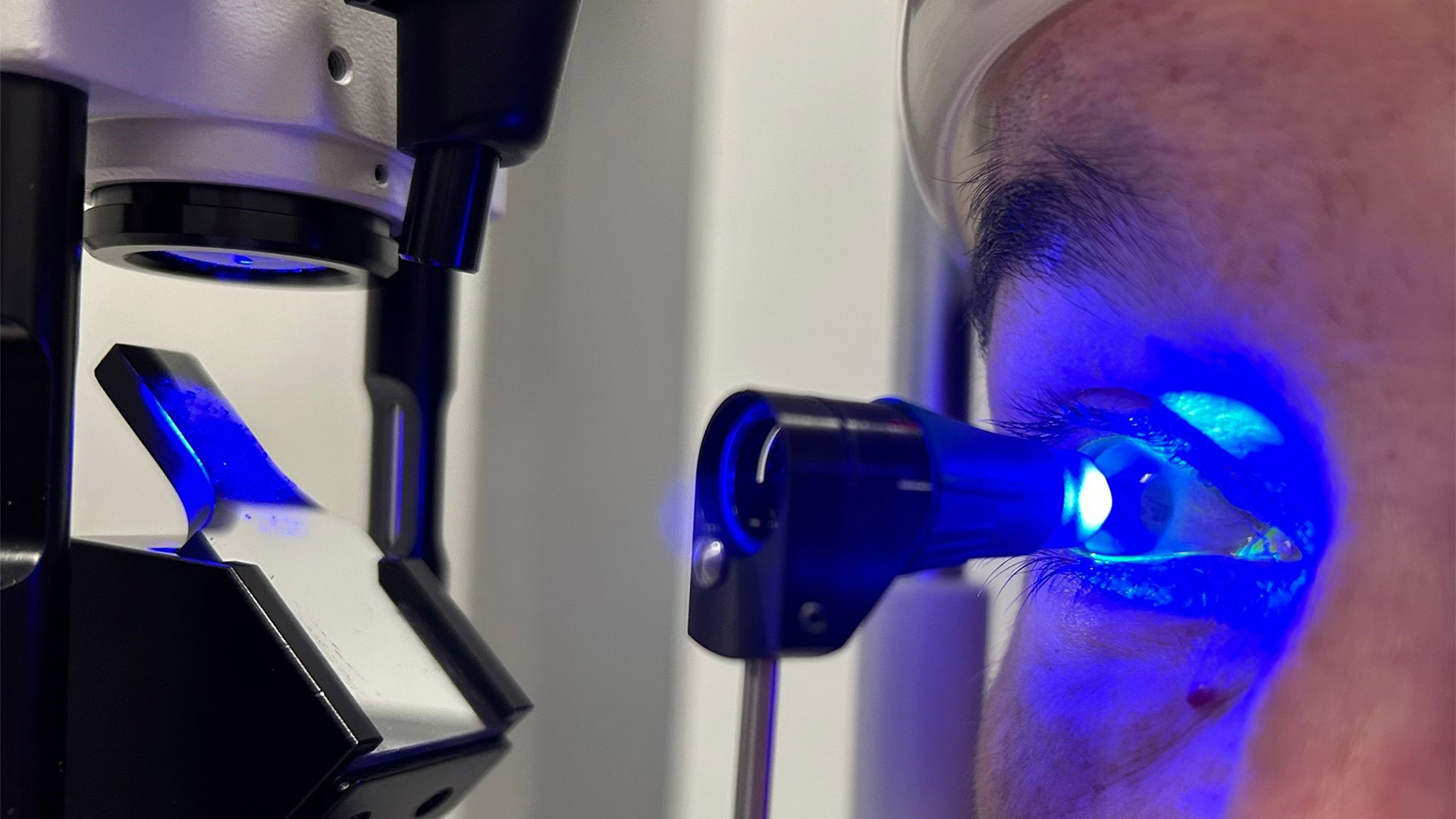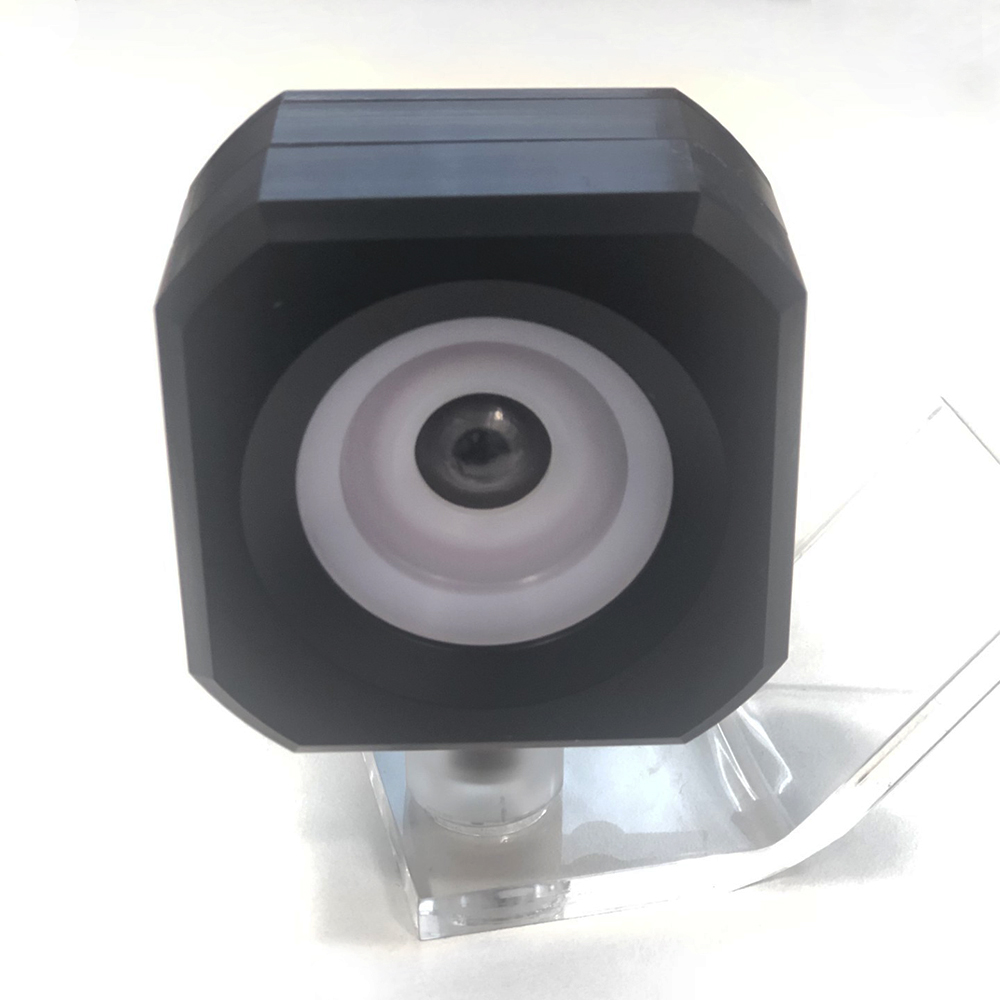Optometry lecturers’ study into model eye to teach clinical skill is published

Optometry academics at the University of Huddersfield have been exploring how a model eye for teaching a particular clinical skill is beneficial to students.
Kate Doorduyn, Rebekka Heitmar, Lauren Coetzee, all lecturers within the University’s renowned Department of Optometry and Vision Sciences, first began using the model as an instruction tool for tonometry as Covid-19 hit.
Initially, it was a way of allowing the hands-on skill to be taught to students while reducing transmission of the virus. But such was its success that the simulation technique continues to be used in optometric education at Huddersfield to this day.
Now the trio’s study into the value of a model eye used in teaching and learning the clinical skill of Goldmann applanation tonometry (GAT) has been published in the prestigious journal Ophthalmic and Physiological Optics by the industry’s professional body The College of Optometrists.
The technique itself is a requisite skill for all optometrists and involves using a probe to touch the surface of the eye itself in order to assess pressure, with high intraocular pressure an indication of the common eye condition glaucoma.
Using a model eye
Ms Doorduyn commented: “When we measure the eye pressure using this type of tonometer, you need to touch the surface of the eye with an instrument. So, it's a daunting procedure for students to learn because there's a risk of scratching the eye or causing trauma.
“We wanted to do some research into the reliability of the model eye for teaching tonometry and find out what the students and tutors think about it, so we can make full use of it as a learning tool.
“This paper is about focusing on the value of the tool from the point of view of the students and the clinical instructors. The repeatability results will come later.”

Dr Heitmar commented: “The majority of courses learn on the real eye, with students practising on each other. What we’ve done is isolate the technical aspect, allowing students to be confident that they can safely take an accurate measurement of pressure in the eye, before they move on to a human eye. Using the model eye is the next step in the process after first learning the theoretical side.
“The beauty of it is that tutors can take time to illustrate how things can go wrong for example, which you can’t do in real life. What we’ve found is that from the student perspective, there is that fear of doing something wrong – so this allows them to build up confidence first.”
In the publication, their findings state: “The tonometry model eye (TME) was reported to be a useful experiential tool, facilitating a safe learning environment for students to develop the technical skills required to perform GAT before moving on to real-eye experiences. Whilst limitations of the model eye were noted, these did not diminish the value of the model eye as an instructional tool. Students reported improved confidence (86%) and would highly recommend (82%) the TME to other students.”

The three lecturers all teach students on the University’s popular Optometry course which has expanded this year along with the switch to a new integrated four-year Master’s programme.
Due to changed education and training requirements from the General Optical Council, all providers must move away from the standalone Bachelor’s course to a level 7 Master's degree that incorporates all the clinical experience.
Such is the demand for places, the intake numbers were also being boosted from 68 to 100 students to coincide with the course change.
All students have access to a new optometry laboratory – part of the refurbished School of Applied Sciences facilities in the Joseph Priestley Building on the University’s Queensgate Campus.
In addition, they gain real-life experience as part of their clinical development through the campus-based University Valli Opticians, a collaboration between Valli, an award-winning provider of eye care services and the Department of Optometry at the University of Huddersfield.